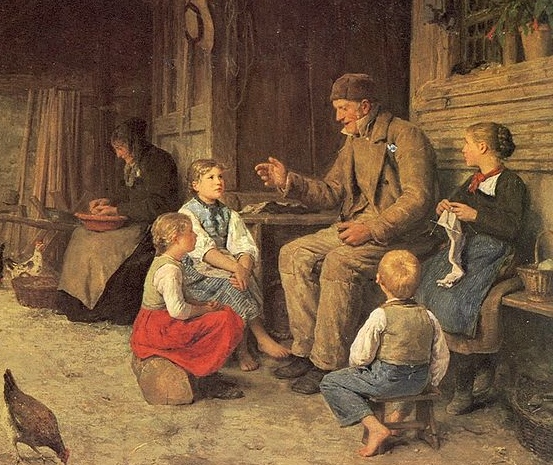
This alternate story “keeps alive” (106), allowing her to cope with her trauma and resist Gilead.Īfter making the initial decision to share her story, the narrator further resists Gilead by telling it in her own unique style and thus reclaiming her identity. For example, she shares that she hopes Luke “will get out, will find her and will be all three of together” (106).

She builds alternate realities for those she loves, like Luke and Moira, always maintaining the belief that they escaped the dystopia. The narrator also reveals her hope through her retellings of the present.

She instead spends time wondering at the size of her audience and imagining that her “you” could “mean thousands” of future readers who have escaped her fate (40). Because her actions are so dangerous, though, the narrator remains cautious and hesitates to ever explicitly define who her audience is. She may not have the “ability to start a generalized political revolution,” but she does have the bravery to carry out “the expression of this revolutionary hope” (Luzecky 445). As critic Rob Luzecky claims, her willingness to tell the story “in the most adverse of worlds is her success in overcoming the retrograde concept of female as a demure other” (Luzecky 451). Thus, the narrator has already proven herself to be more than a victim. She believes in the possibility for change in the world, which is a dangerous belief to have. She speaks with the hidden hope that they cannot remember Gilead or the world before it. Much of her narrative involves explanations of Gilead’s customs and rules, so it seems that the narrator imagines her audience to be far-removed from the present. She recognizes that “if it’s a story, even in head, she must be telling it to someone” since “you don’t tell a story to yourself” (39-40). Early in the novel, she reflects on her belief in a future audience. The narrator’s decision to tell the story of her life demonstrates that she can imagine a future where society has changed and where there’s someone listening to what she has to say. The act of storytelling itself reveals the narrator’s hope, one of the primary means of resistance in a dystopian society that intends to dismantle all forms of ambition. Through her storytelling, the narrator of The Handmaid’s Tale obtains the power to reclaim her identity and rewrite history, allowing her to become the most influential rebel in Gilead’s time. Ultimately, language and storytelling become the narrator’s primary and most effective methods of resisting Gilead.

As a result, these critics have begun to view the narrator as a “revolutionary feminist figure” because of her use of language (Luzecky 438). Others, however, like Rob Luzecky and Wendy Roy, have begun to recognize and identify the different ways that language can also serve as a valid means of resistance. Some of these critics have viewed her as solely a victim of society, arguing that the novel is therefore anti-feminist in its portrayal of women. Since the novel’s publication, the narrator’s various attempts to fight back against Gilead have been subject to analysis by many critics. In The Handmaid’s Tale, resistance takes on many forms-theft, conversation, infidelity, and more. Dystopian novels often focus on ways that individuals in an oppressive society defy their governments through acts of resistance.


 0 kommentar(er)
0 kommentar(er)
